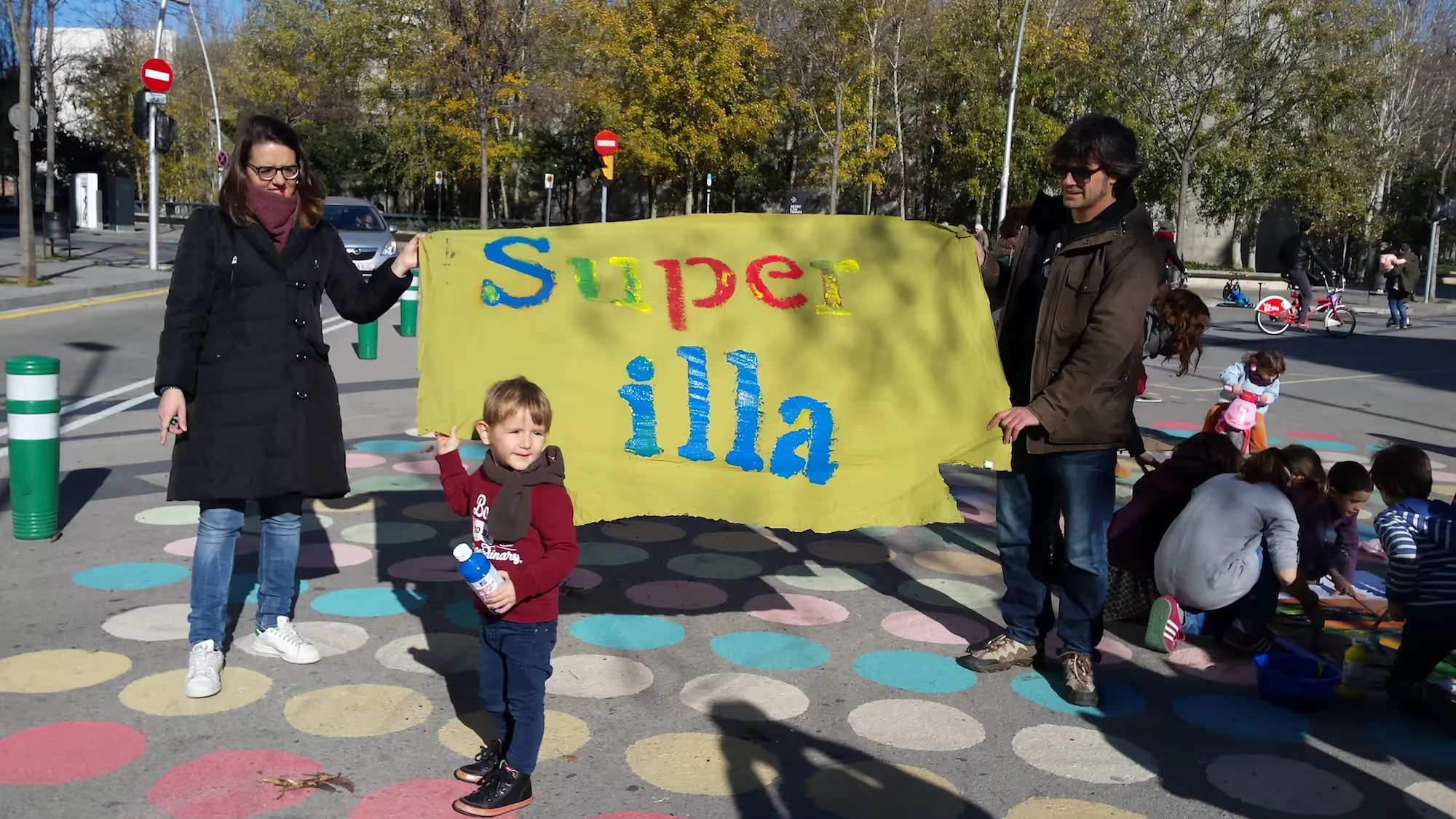A biweekly newsletter with public space news, resources, and opportunities.
A curated dispatch on all things public markets plus the latest announcements from the Market Cities Program.
Please note that these Hall of Shame nominations were written in a moment in time (most over a decade ago) and likely have since changed or even been transformed. If the above entry is now great, or still not so great, go ahead and comment below on how it has evolved or nominate it as a great place.
.avif)

The concept of superblocks (or "superilles" in Catalan), is not new to the urban planning field: since the early 20th century, modernist planners aimed to create flexible, people-centric areas within a car-centric urban landscape by routing traffic around networks of pedestrian paths.
However, in 2016, the Poblenou neighborhood of Barcelona reinvented this idea for a new generation. In response to growing concerns over air and noise pollution, Barcelona made use of its unique, octagonal street grid to create new superblock areas.
The streets within each superblock have a reduced speed limit of 10 km/hr (roughly 6 mph), are one-way in a circular pattern leading back to the streets outside of the superblock, and are only open to local traffic.
The reduction in the presence of cars, coupled with the addition of bike lanes, landscaping, seating, and play areas, has allowed public life to thrive within the superblock. Walking and biking both increased, and residents and visitors alike were able to enjoy the common areas as destinations in and of themselves, rather than just through-spaces to get where they needed to go. Although some local business owners were initially skeptical about the changes, the additional unimpeded pedestrian and cyclist activity on the street led to increased economic activity for the shops and restaurants in the area.
Equity has been raised as one concern about the superblock approach. Pedestrianization usually occurs either in established high-income communities or in areas on the cusp of gentrification, leading to the common view that people-first streets are a luxury good. In the case of Poblenou, however, the superblock is surrounded by a social housing project, meaning that the residents are protected from the threat of rising housing costs.
Barcelona has since created more superblocks, and has plans for many additional interventions throughout the city in the works. The flexibility and scalability of the superblock could make it an attractive model to other cities around the world.
Images courtesy of Col·lectiu Superilla Poblenou.



.avif)
*Please note that these Hall of Shame nominations were written in a moment in time (most over a decade ago) and likely have since changed or even been transformed. If the above entry is now great, or still not so great, go ahead and comment below on how it has evolved or nominate it as a great place.